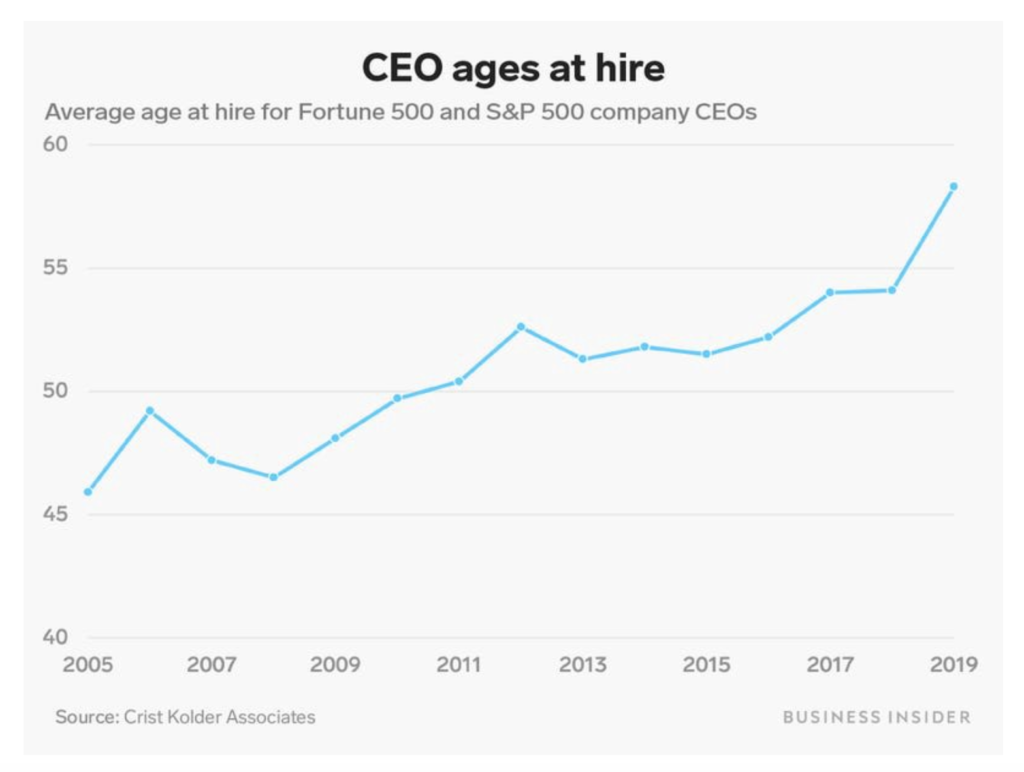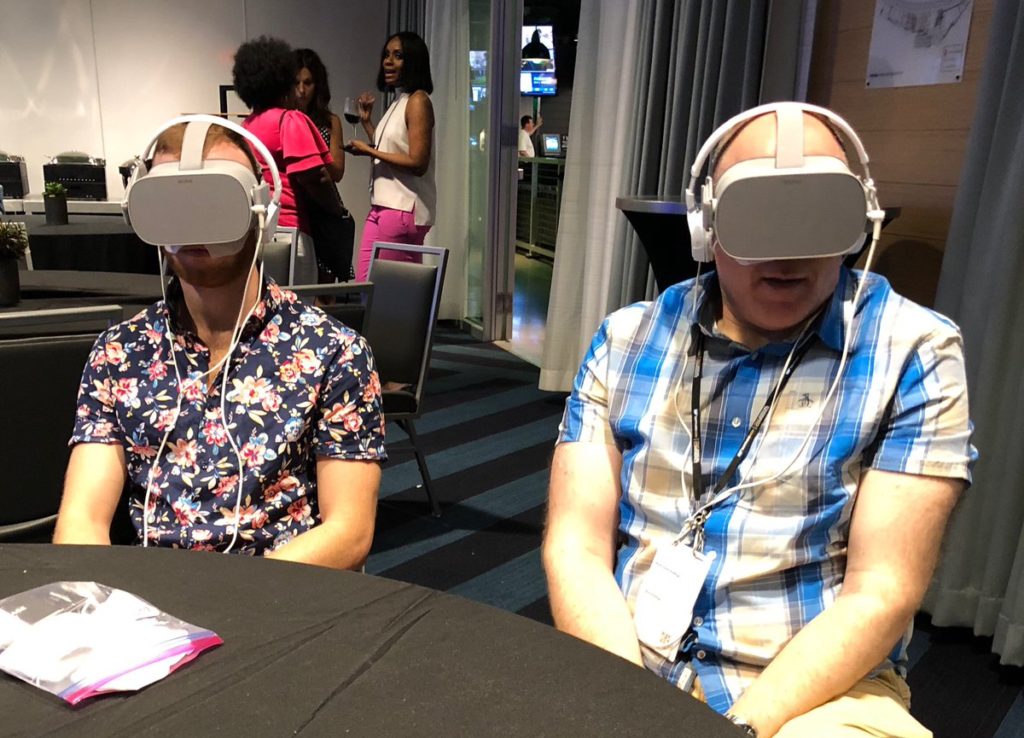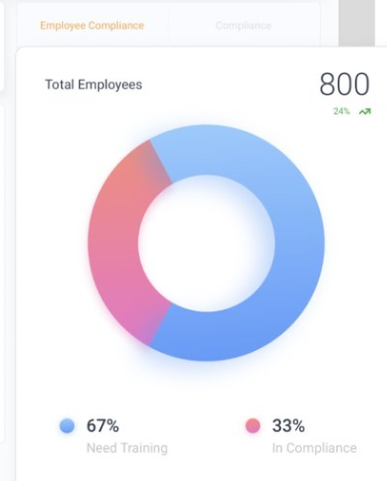In the wake of the George Floyd killing many of the world’s largest technology companies in the world responded, with their checkbooks. Only one came out, Reddit, and said we will be replacing a white dude on our board, their co-founder, with a person of color.
The amounts of money are impressive, and don’t get me wrong it will definitely take money and resources to change the racial culture that has built over hundreds of years, but the cynic in me believes most of these organizations wrote checks so we wouldn’t take a closer look at their own hiring issues!
- AIRBNB – $500,000 to NAACP and Black Lives Matter Foundation
- Google – $12 million to organizations fighting racial inequalities
- YouTube – $1 million to Center for Policy Equity
- Amazon – $10 million to ACLU, NAACP, UNCF, etc.
- Apple – Matching employee contributions to organizations fighting racial injustice
- Cisco – $5 million to Equal Justice Initiative, Black Lives Matter, and “our own fund for Fighting Racism and Discrimination.”
- Comcast – $100 million over ten years to fight racial injustice, 1/4 of that in free media
- Facebook – $10 million to groups working on racial justice
- Microsoft – $1.5 million to Black Lives Matters Foundation, NAACP, etc.
- Netflix – $1 million to the Center for Policing Equity
- Reddit – Co-Founder resigned from the companies board and requested he be replaced with a person of color on the board.
- Twitter – $3 million to Know Your Rights Foundation
- Uber – $1 million to Center for Policy Equity
Technology companies aren’t the only organizations buying their way out of this conversation, or even taking advantage of the climate. Nike within days of the Floyd killing released a powerful commercial titled “Just Don’t Do It” it was watched tens of millions of times and shared all over social media as an example of how corporations should respond.
Nike has 8% of people of color in leadership roles. This coming from an organization that makes billions of dollars a year off the backs of black athletes. Thanks for the commercial, how about a public statement of how many POC you’ll hire in leadership positions before the end of 2020?
The money tech companies are giving is nothing. NOTHING! They blow more than this on their annual spending of Kombucha on their plush campuses. These donations are hush money. “Hey, how much do you need not to talk about how crappy we are at actually attracting and hiring POC?”
Here’s what I know. If technology companies, or any major Fortune 100 company, truly wanted to solve this problem over the past decade it would have been done. Let’s say Google decided we want 1/3 of our software developers, or IT team in general to be POC.
Ten years ago they go out to every junior high and middle school in the U.S. They identify black children who have a propensity for being interested in STEM. They send these children to the best STEM high schools, hell, maybe they even make their own high schools in certain cities!
As these kids graduate high school, Google then pays for these kids to go to the best colleges and study stem. They give them annual summer internships at Google, and then once they graduate they hire them. The problem of “we can’t find POC to hire that have the skills we need” is now solved.
What would that cost? $1 billion? $10 billion? What about Amazon? Jeff Bezos and Amazon made $150 billion during the last 3 months of the pandemic! Bill Gates is spending most of his fortune, multi-billions, to end malaria, doesn’t Microsoft need better representation within their organization?
If organizations wanted to solve this issue, it would have been solved. If the government wanted to solve this issue it would have been solved. There is a simple economic solution to ensuring our organizations have proper representation at all levels.
I’m not saying that the donations supporting equity justice initiatives are not important. They are very important, but that can’t be all that is done.




